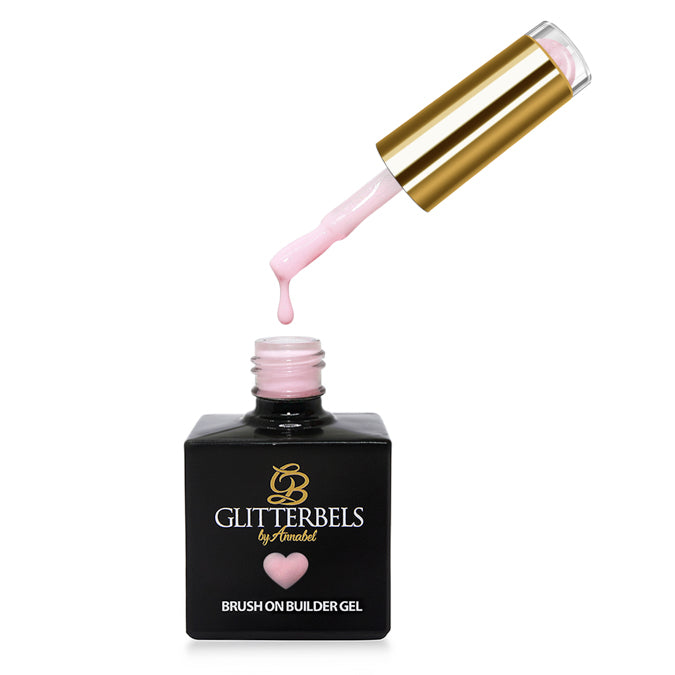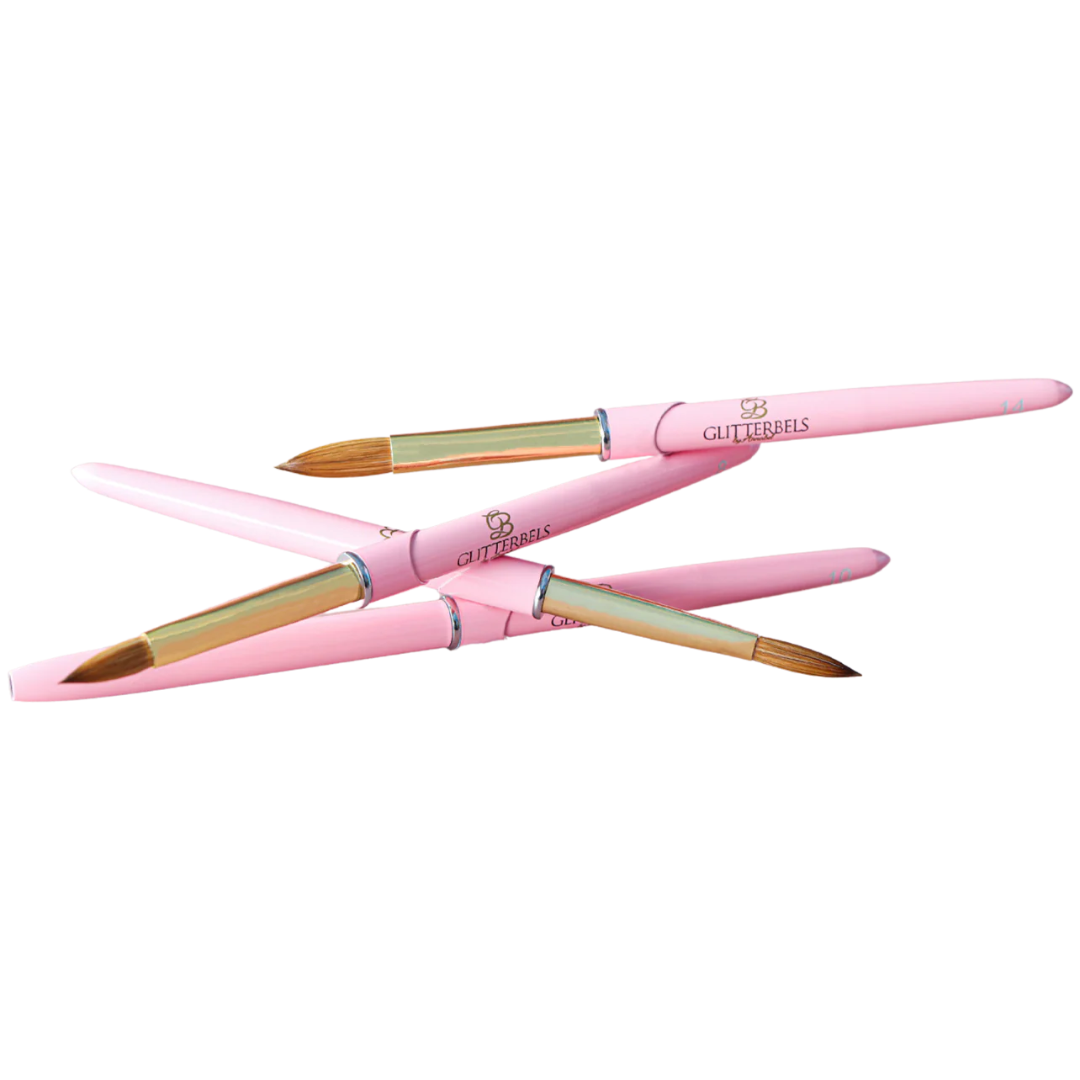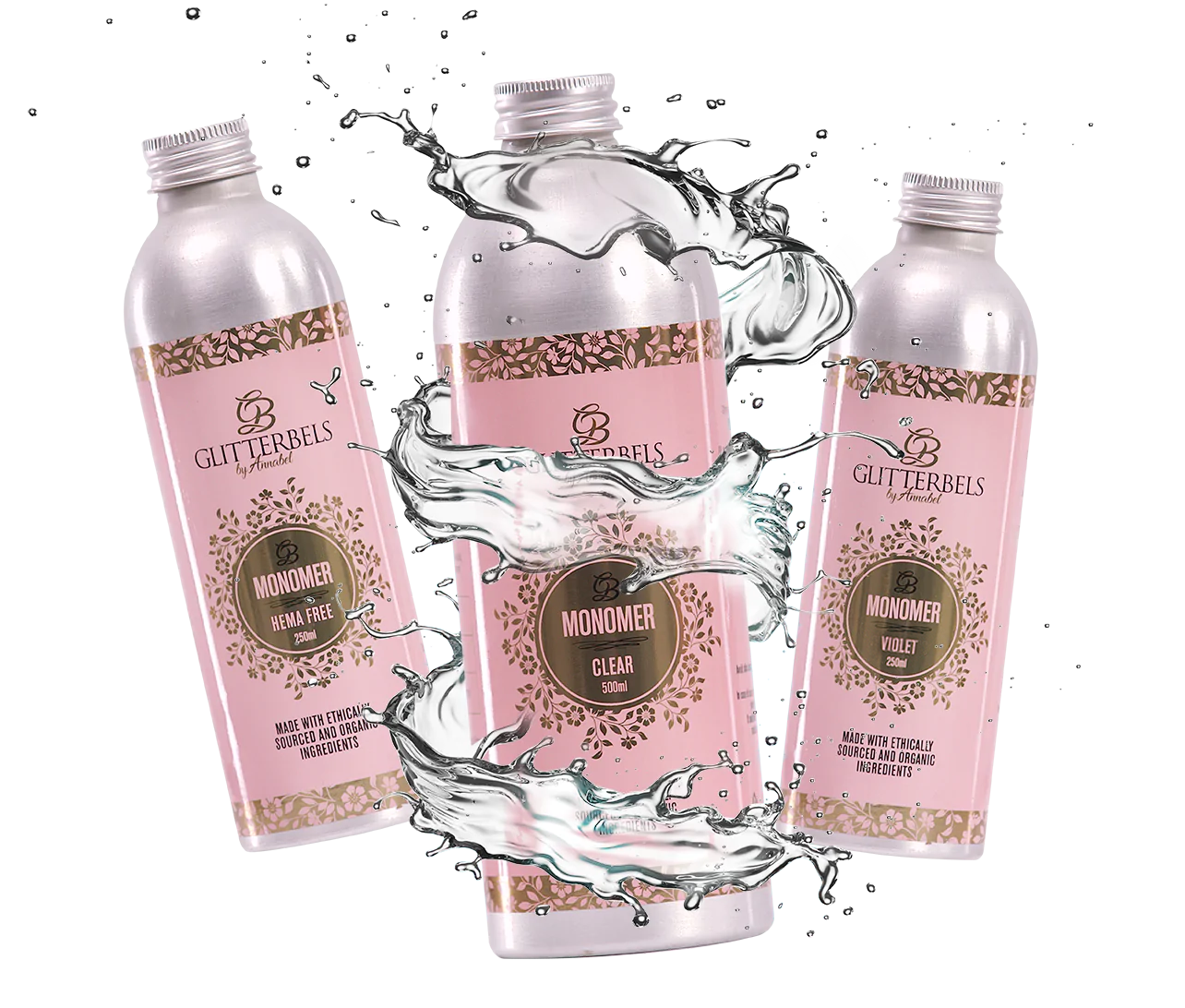Gel polish has transformed the nail industry by offering long-lasting, high-gloss finishes that captivate consumers and nail techs worldwide. In this piece will explore the development of gel polish, the health concerns over the ingredient HEMA, and the move towards HEMA-free alternatives, detailing implications for professionals and the future of nail care.
Evolution of Gel Polish
The journey of nail polish spans thousands of years - civilisations such as the ancient Chinese, Egyptians, and Babylonians were all shown to have used natural substances like beeswax and vegetable dyes for nail decoration. And these, of course, are just the recorded examples - for all we know, people could have been enhancing their nails since pre-historic times. The modern nail polish era began in the 1920s with the introduction of nitrocellulose (a byproduct of the high stocks of cotton powder after the 1st World War), revolutionising the industry by providing a glossy, durable finish to the painted nail.
Advancements in Technology
The switch from traditional lacquers to UV-cured gel polish in recent decades marked a significant technological advancement, allowing quicker drying times and longer-lasting wear. This shift not only made the nail look better but also the application process easier for the beautician.
The Rise of UV-Cured Polishes
UV-cured gel polishes became popular due to their durability (lasting on the nail for weeks, not days) and the efficiency they brought to salons by reducing waiting times for clients. However, the application of UV-cured polishes required nail technicians to develop new skills, particularly in the use of UV lamps and ensuring even application to avoid common issues like lifting or bubbling.
Understanding HEMA
Hydroxyethyl methacrylate (HEMA) is commonly used in gel polishes for its strong adhesion qualities. However, its potential as an allergen has raised safety concerns, particularly for nail technicians regularly exposed to it. Symptoms of HEMA sensitivity can include redness, itching, and swelling.
Industry Response
The cosmetic industry has seen an increase in allergic reactions related to HEMA, prompting a reevaluation of its use. This concern has led to a growing demand for HEMA-free products and stricter regulatory guidelines to ensure the safer use of nail care products. In response to the significant increase in allergy reports, we introduced a line of HEMA-free gel polishes in November 2021. These products were launched alongside our existing range, which contains minimal HEMA levels, to cater to diverse consumer needs. All Glitterbels products undergo rigorous testing, both in-house and through independent evaluators, to ensure superior quality and, above all customer safety.

Regulatory and Market Changes
Various regulatory bodies across Europe (and in particular the EU) have issued recommendations to limit HEMA concentrations in nail products to mitigate health risks. Concurrently, the market for HEMA-free gel polishes is expanding, reflecting a consumer shift towards products that prioritise health and safety.
HEMA-Free Innovations
Research into alternative ingredients has led to the development of new products that focus on the natural nail, like our HEMA-free builder gels. Brands like Glitterbels have been at the forefront, promoting HEMA-free products to align with consumer preferences for safer nail care options.
Innovations in Nail Care
The industry continues to innovate with trends like eco-friendly gel polishes and advanced nail art techniques, requiring professionals to continuously upgrade their skills. The nail industry is like a microcosm of the wider consumer environment - nail consumers are consumers, after all. Additionally, there is a growing emphasis on hypoallergenic products, reflecting a broader trend towards inclusivity and safety in beauty products.
The history of gel polish reflects significant innovations that have influenced both technology and health standards in the nail industry. The move towards HEMA-free gel polishes, driven by health concerns and consumer demand, exemplifies our commitment to safety and sustainability. As we look to the future, these trends are likely to continue shaping the landscape of nail care, with a focus on developing products that are both effective and safe for all users.
FAQs
What is gel polish?
Gel polish is a durable nail varnish cured under UV or LED light, known for its long-lasting quality and glossy finish.
Why is HEMA controversial?
HEMA has been linked to allergic reactions and skin sensitivities, making it controversial and leading to an increase in HEMA-free product offerings.
What are the risks of HEMA in gel polishes?
Risks include allergic reactions like redness and itching can be seen in a very small number of cases.
How are brands responding to HEMA-free demands?
Brands are developing alternative formulas to maintain the quality of gel polishes while ensuring they are safer for users.
What is the future of gel polish innovations?
Future innovations are likely to focus on hypoallergenic and eco-friendly products, continuing to evolve with consumer health and environmental consciousness in mind.

















